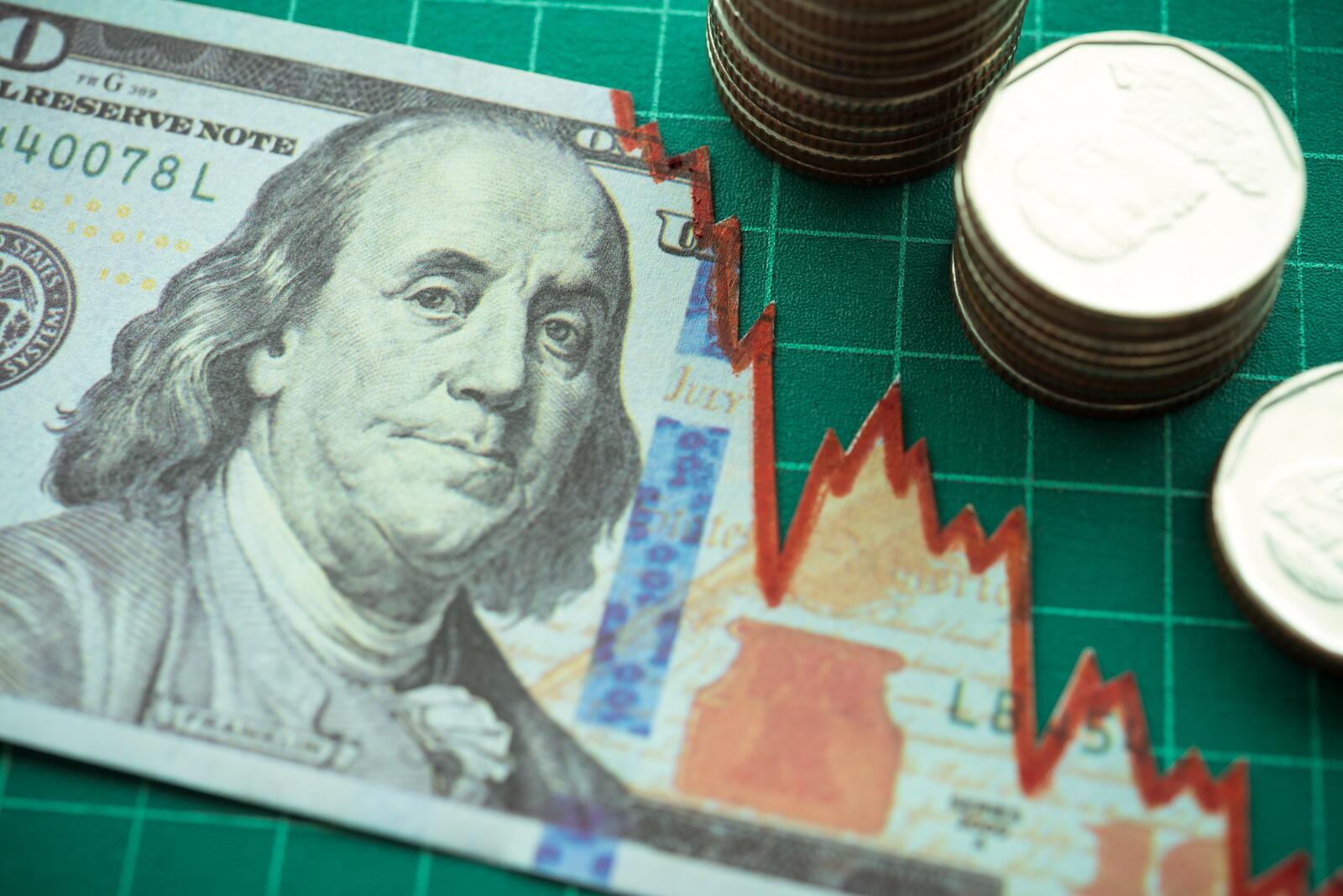US warns more hikes possible
ALBAWABA - Oil prices fell 4 percent late on Wednesday after the U.S. Federal Reserve Board (Fed) raised interest rates, Reuters reported, as demand declined and concerns brew over a possible economic slowdown.
Brent futures settled $2.99 lower, down 4 percent, to $72.33 a barrel, the lowest close since December 2021, and hit a session low of $71.70, the lowest since March 20.
U.S. West Texas Intermediate crude (WTI) fell $3.06, or 4.3 percent, to $68.60 per barrel, having hit a session low of $67.95; the lowest since March 24.
Despite OPEC+ production cuts, which briefly boosted prices, oil has been slumming for days, agencies and traders have reported.
OPEC #Production Drops in April ????:
— The Ladders Club (@TheLaddersClub) May 3, 2023
1. OPEC's #crude #Oil supply ? by 310,000 bpd in April.
2. Iraq's output ? by 250,000 barrels per day
Result of inadvertent consumption reductions. pic.twitter.com/oI2YpjAnnQ
Fed hikes interest rate
The Fed raised its benchmark overnight interest rate by a quarter of a percentage point to the 5 to 5.25 percent range, as expected by financial markets, Reuters reported.
This is the latest in a series of consecutive interest rate hikes by the Fed, which acts as the central bank of the United States.
In a statement, carried by Reuters, Fed Chair Jerome Powell explained that there may be more hikes coming up, moving forward, depending on the situation.
"We are prepared to do more" he said, with policy decisions from June onward to be made on a "meeting-by-meeting" basis.
Oil x interest rates
Crude oil prices fluctuate depending on various factors relating to the global marketplace, chief among which are the U.S. interest rate, demand and overall production output (supply).
The Organization of the Petroleum Exporting Countries (OPEC) includes Algeria, Angola, Congo, Ecuador, Equatorial Guinea, Gabon, Iran, Iraq, Kuwait, Libya, Nigeria, Qatar, Saudi Arabia, United Arab Emirates and Venezuela.
Whereas OPEC+ includes member and non-member countries of OPEC, namely Russia, Kazakhstan and Mexico, and is intended to facilitate cooperation in the industry.
OPEC+ is a major industry player and can significantly influence oil prices with production output cuts or ramp-ups.
On the other hand, U.S. interest rates also influence oil prices.
Depending on the economic situation and outlook, U.S. interest rates can have both a direct or inverse relationship with oil prices, as the U.S. dollar still stands as the main currency used in oil trades globally.
Generally, an interest rate hike will boost oil prices, and vice versa.
However, in case of consecutive hikes, amid concerns over the state of the U.S. and global economies, higher interest rates can push down on oil prices.
In any economy, higher interest rates can slow down growth, which in turn affects the country’s demand for oil. But in the U.S. economy specifically, higher interest rates can make oil more expensive for importers, resulting in a decline in demand, which drives oil prices down.

Anticipation of an upcoming interest rate hike, for example, could in and of itself drive oil prices down internationally, as the market adjusts to possible shifts in demand and supply.
When importers, investors, and countries have high confidence in the ability of central banks to handle the economic situation effectively, the market often bounces back, and oil prices increase again, restoring the positive relationship between U.S. interest rates and oil prices.
Nonetheless, higher interest rates can spike the cost of oil for importers who settle oil transactions in other currencies, as the U.S. dollar still is the main oil pricing benchmark.
The higher the rate, the higher the value of the dollar, the higher the oil bill is for these countries, and as the cost of oil climbs for importers, demand dwindles.
When coupled with consecutive interest rate hikes, and a looming slowdown in the world’s biggest economy, all of which weigh down on global demand, oil prices go down.







